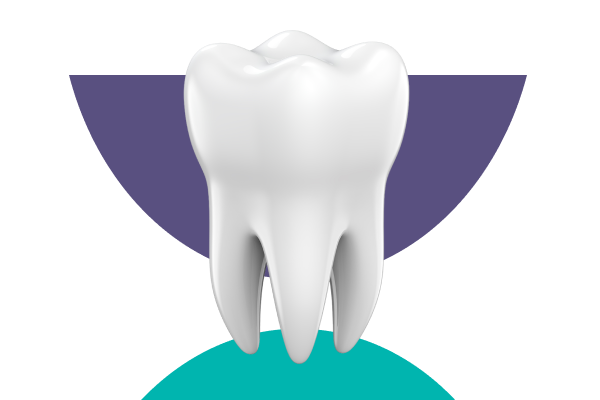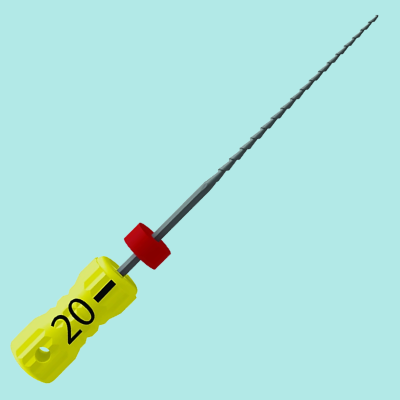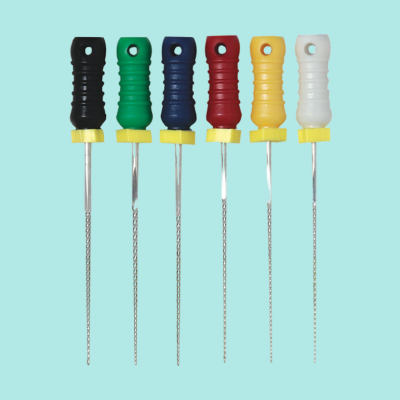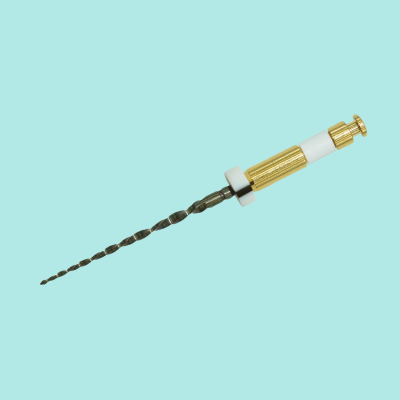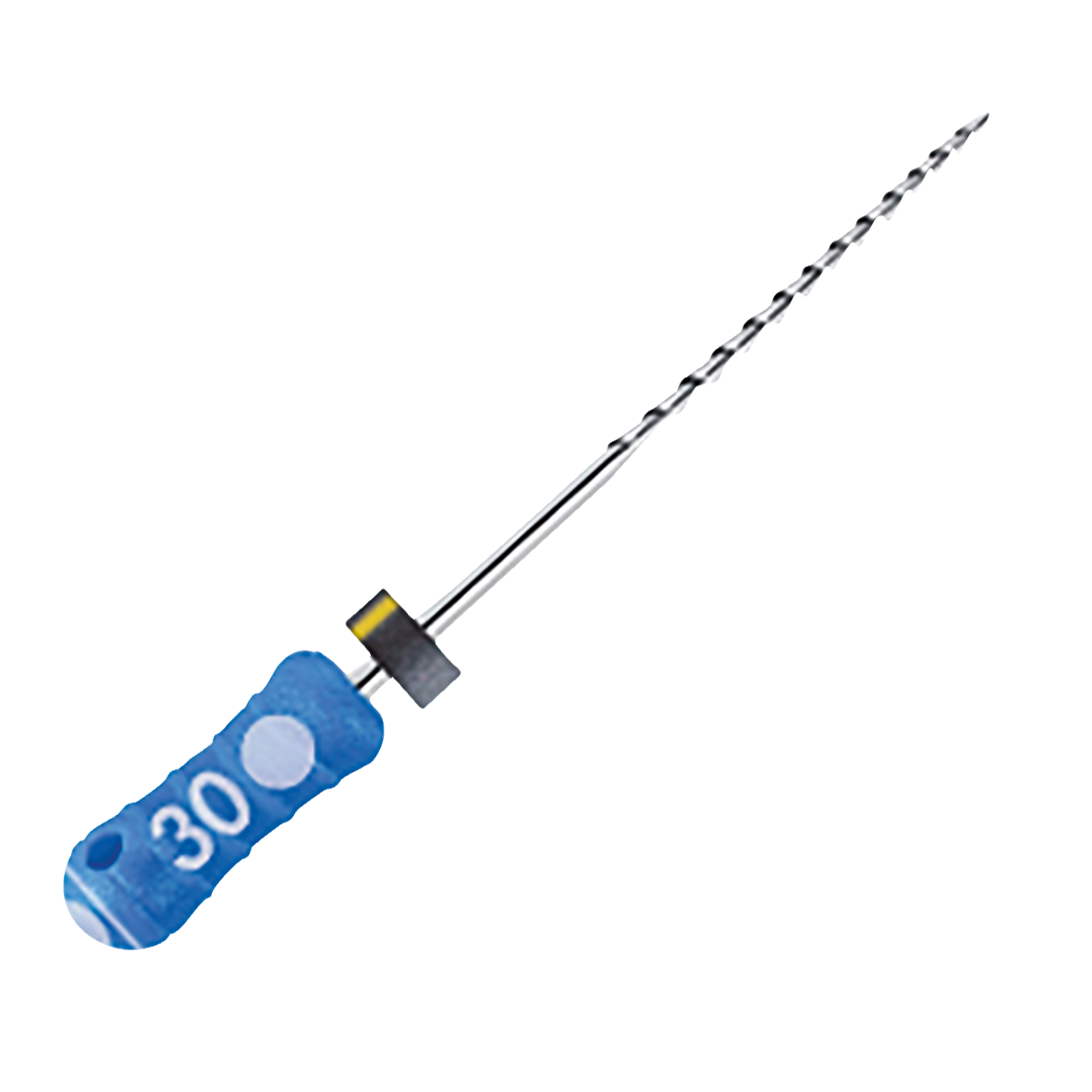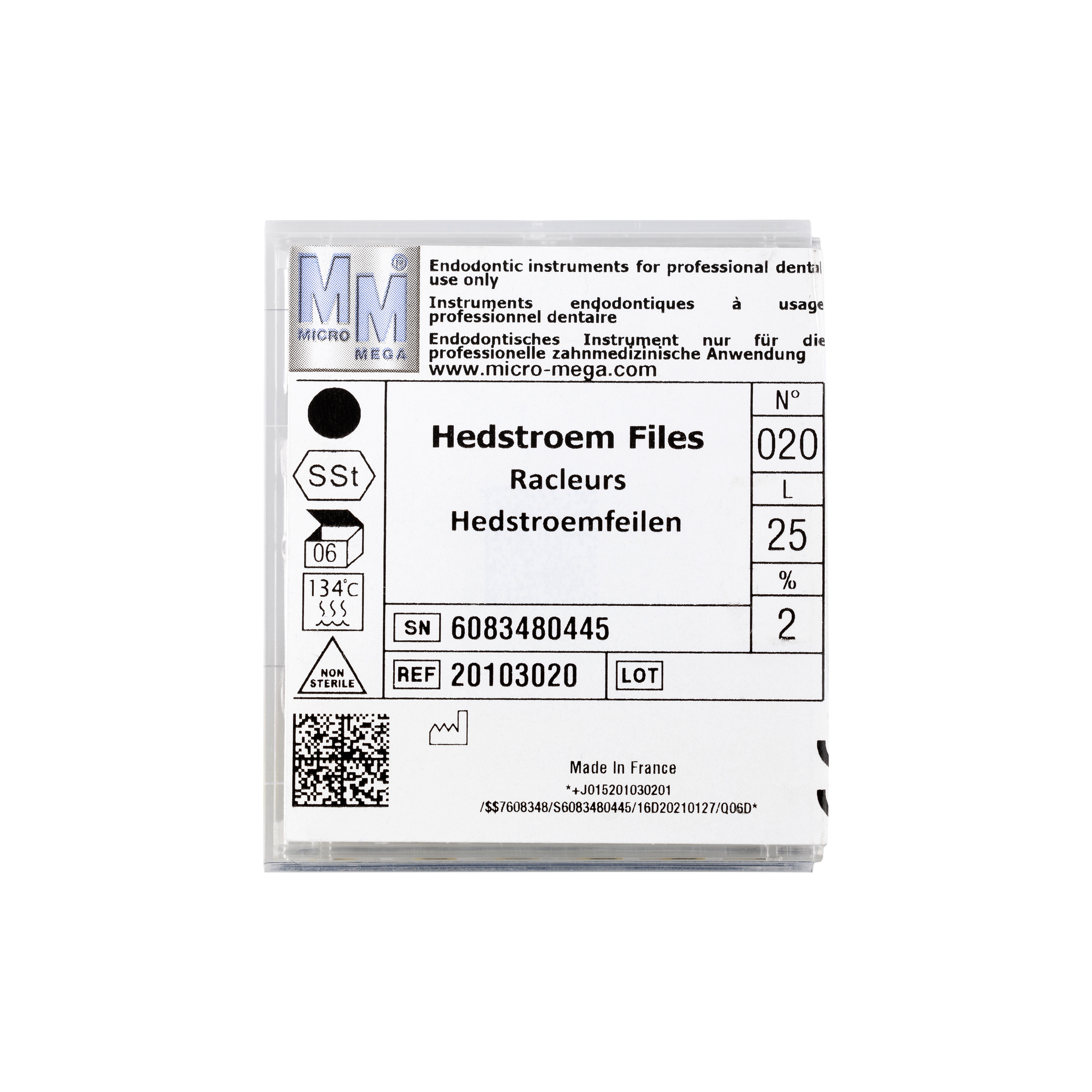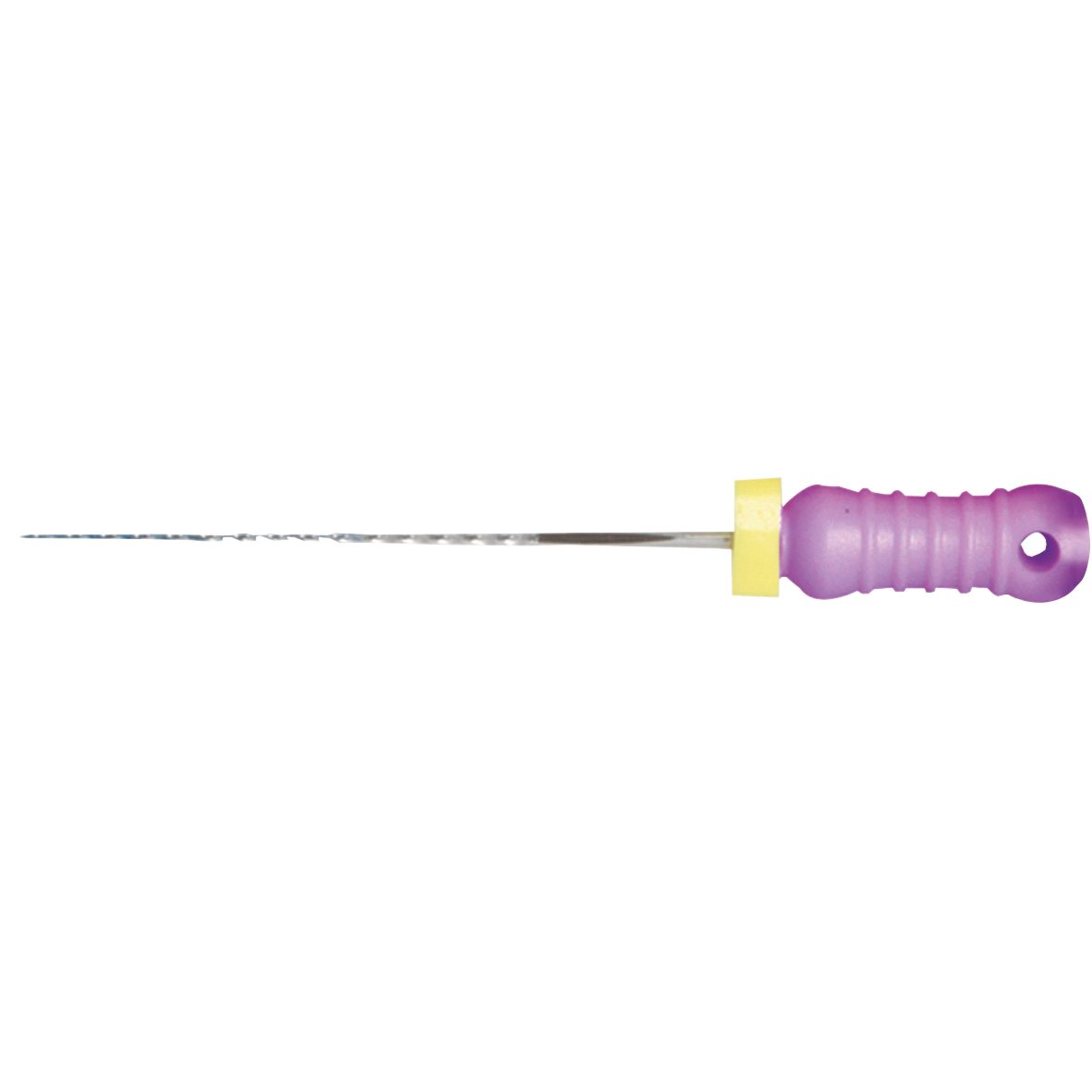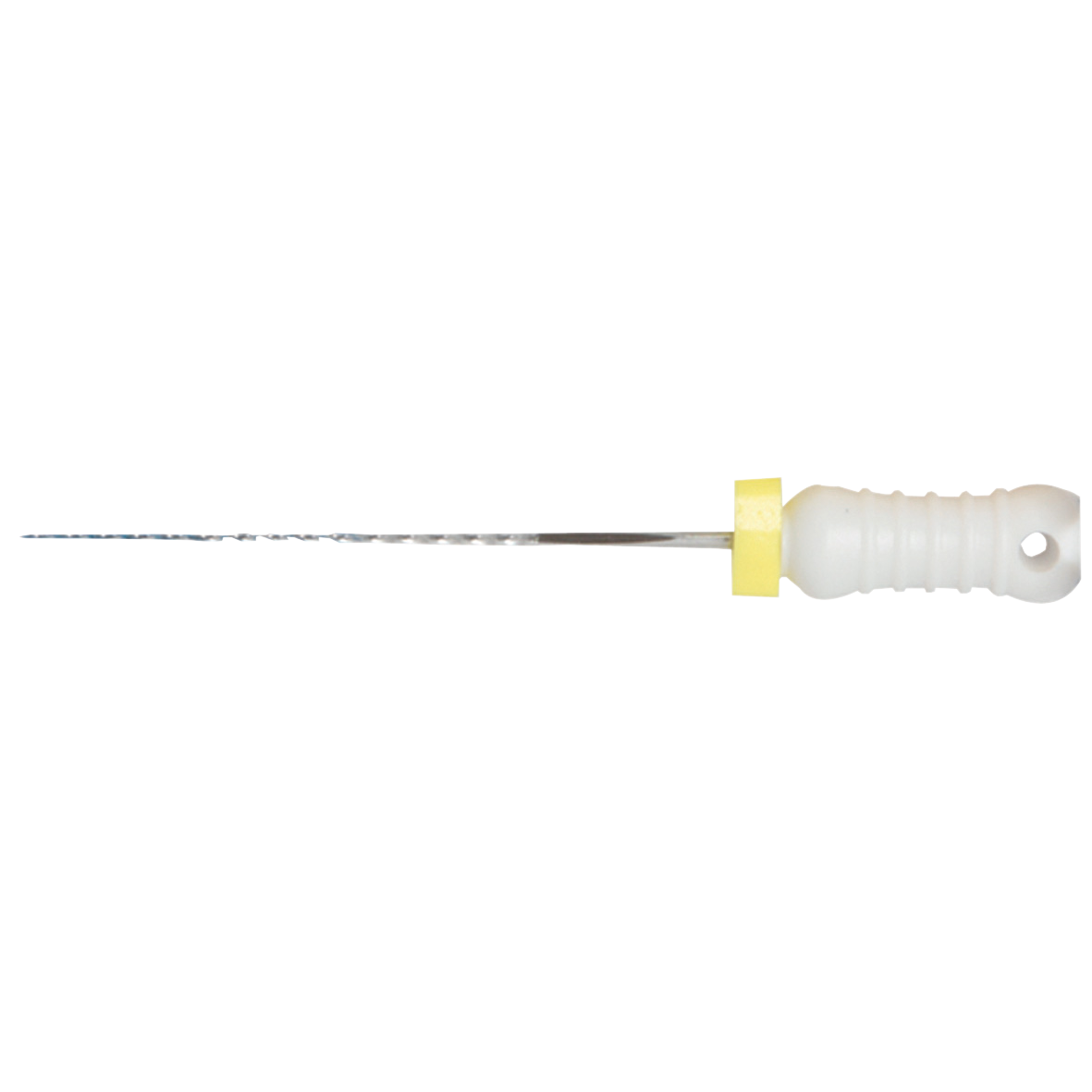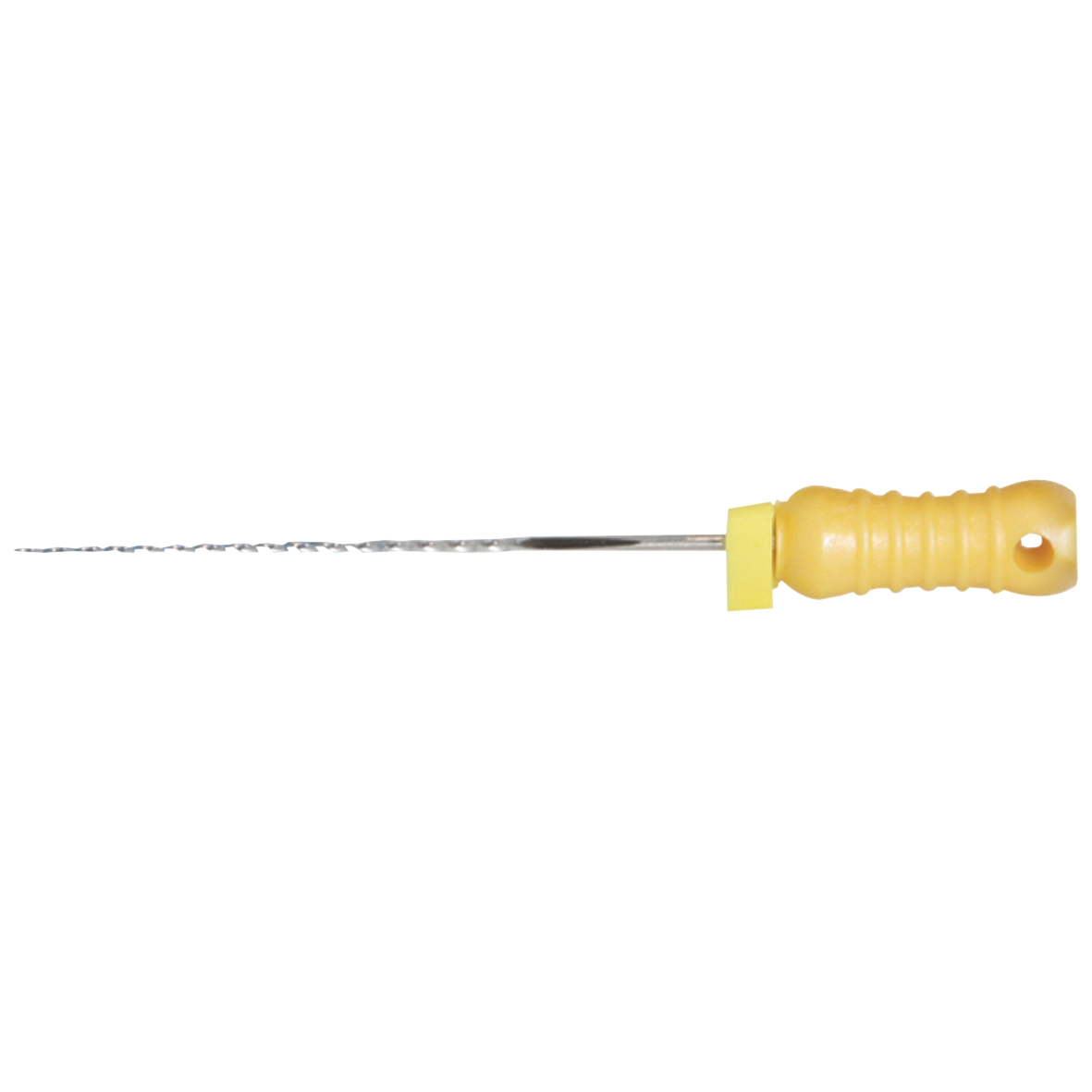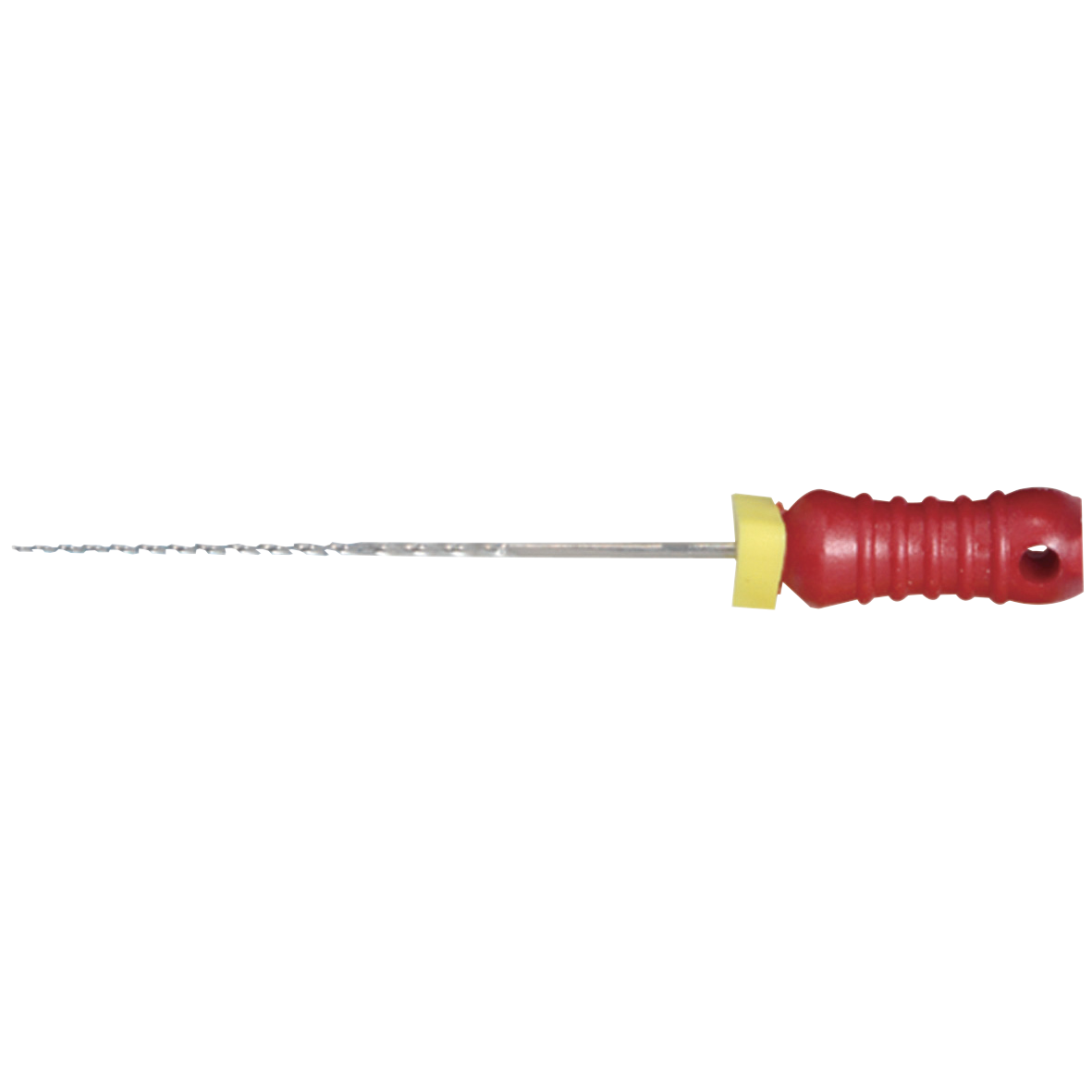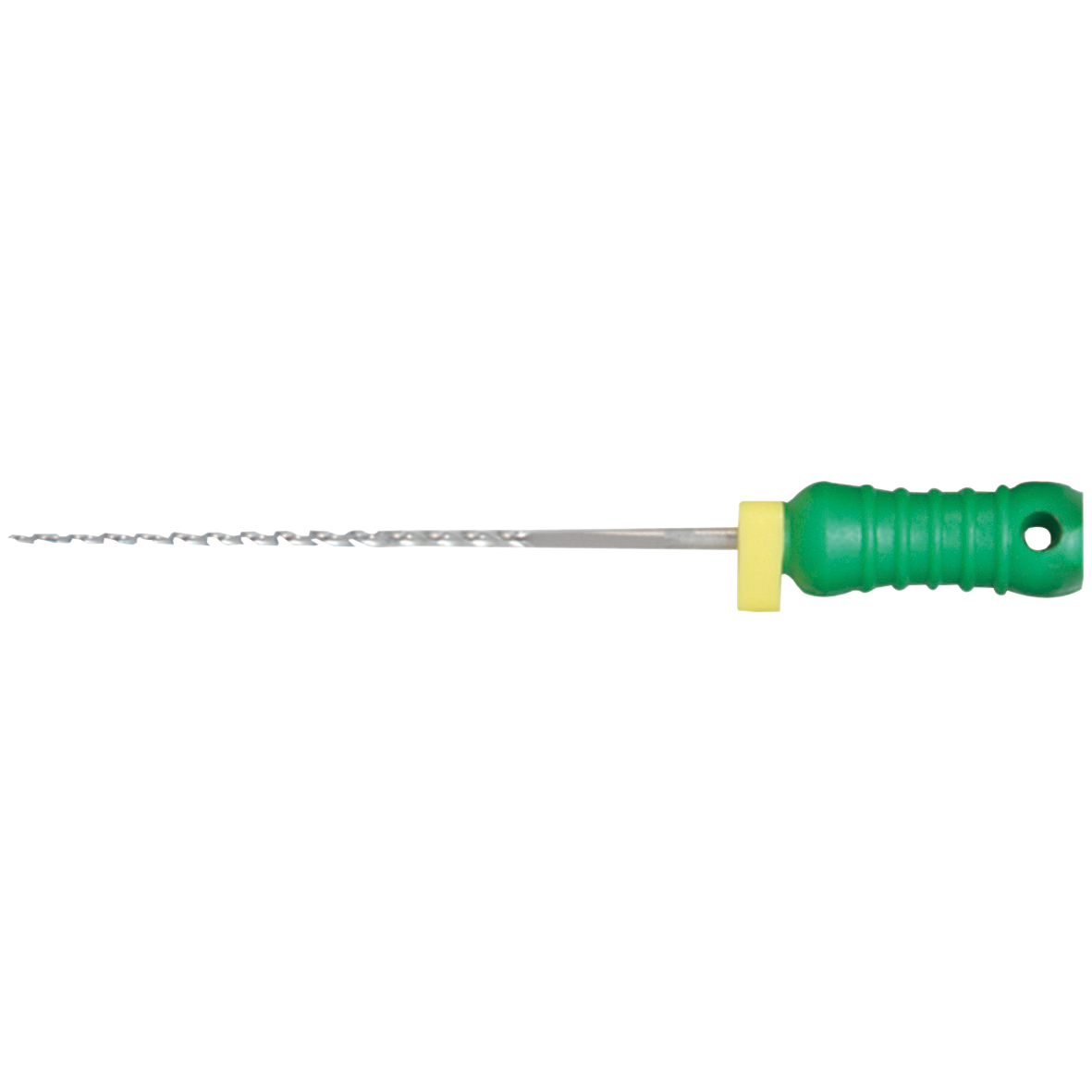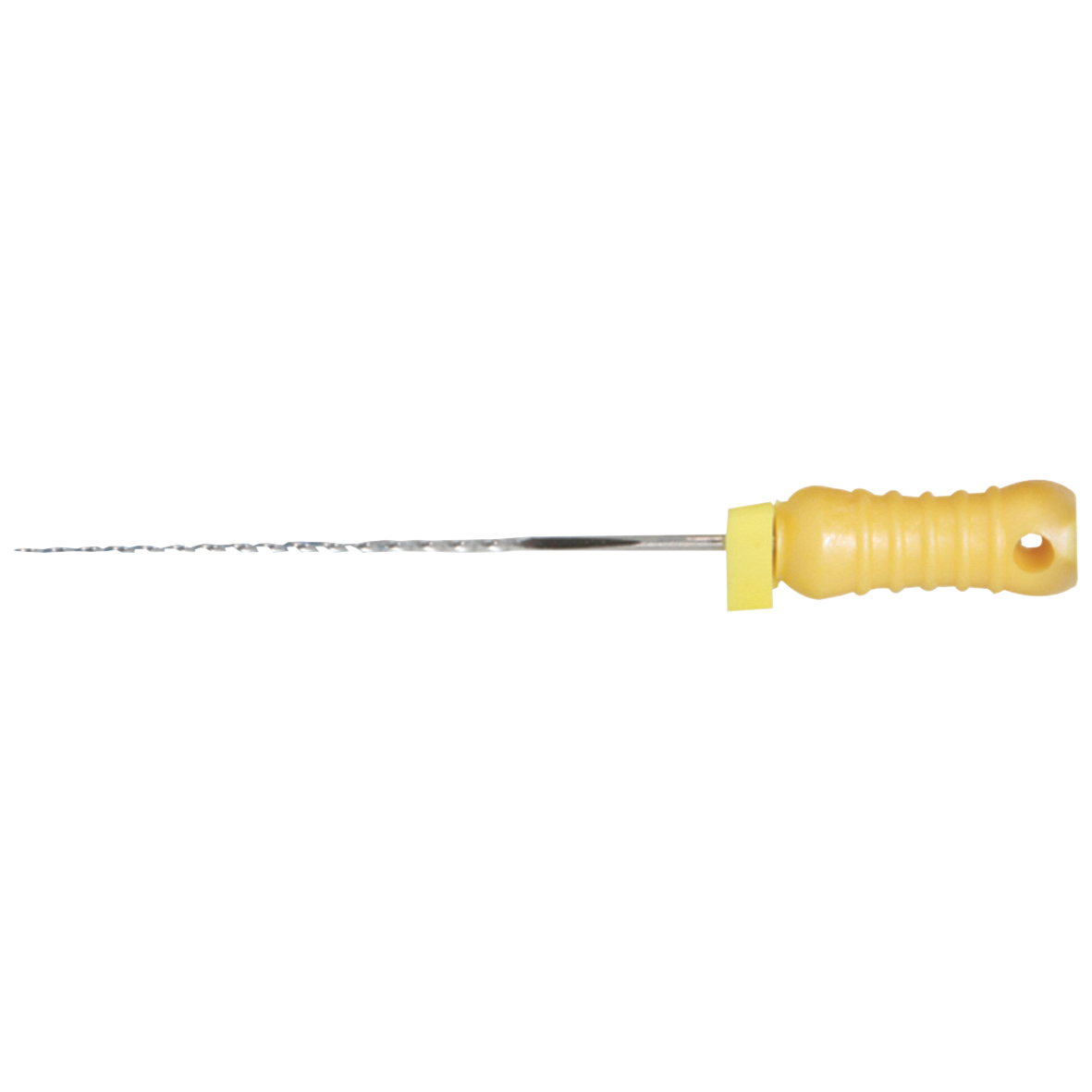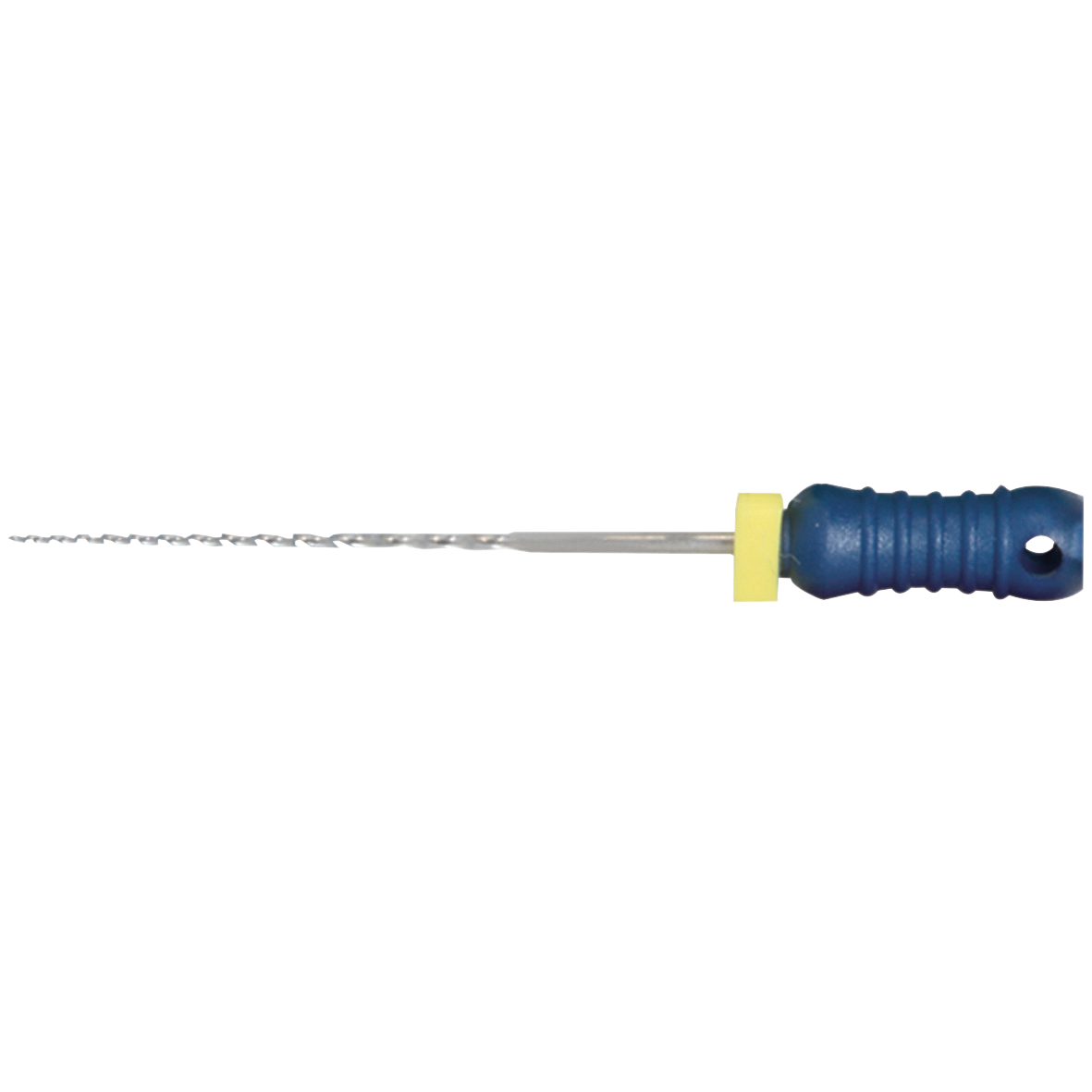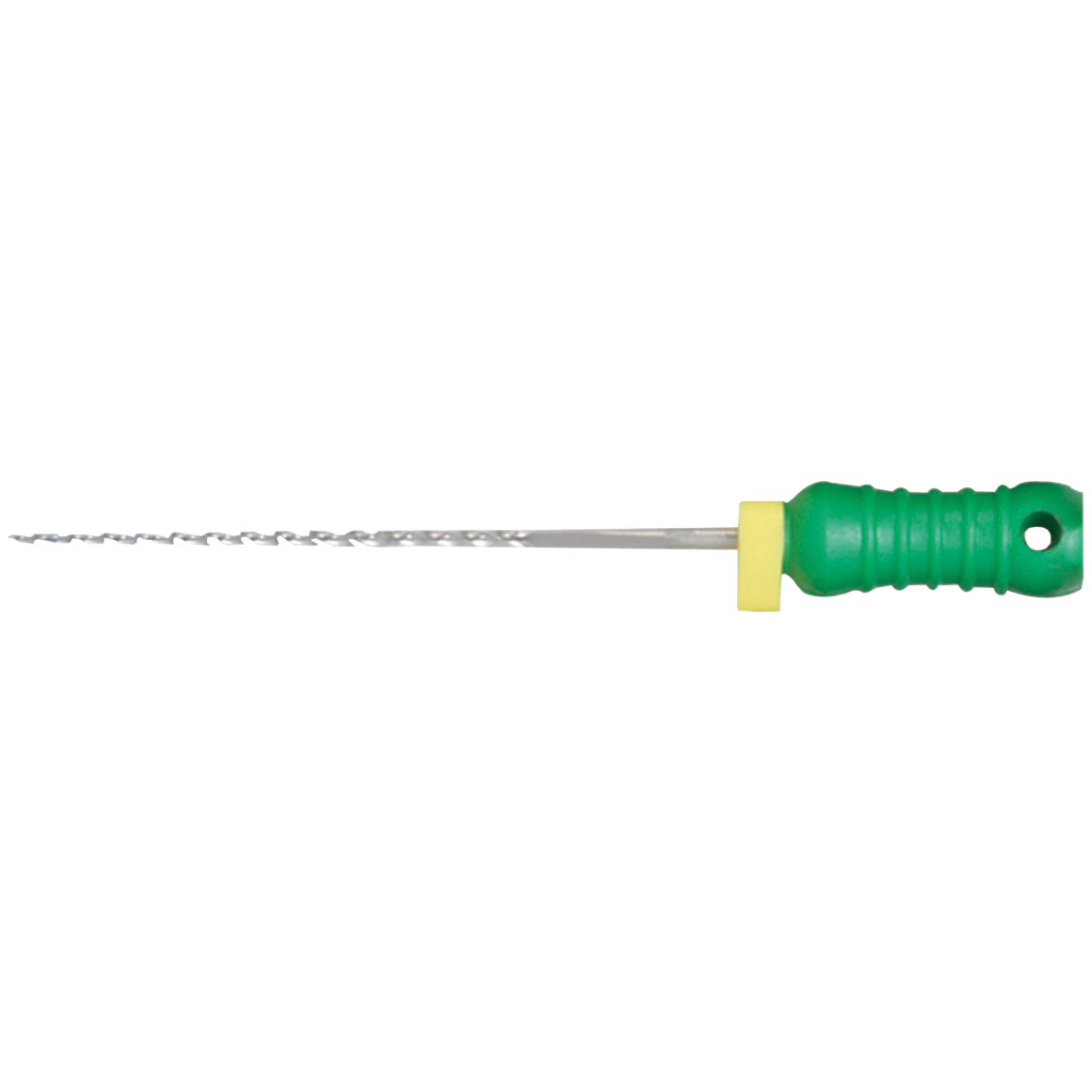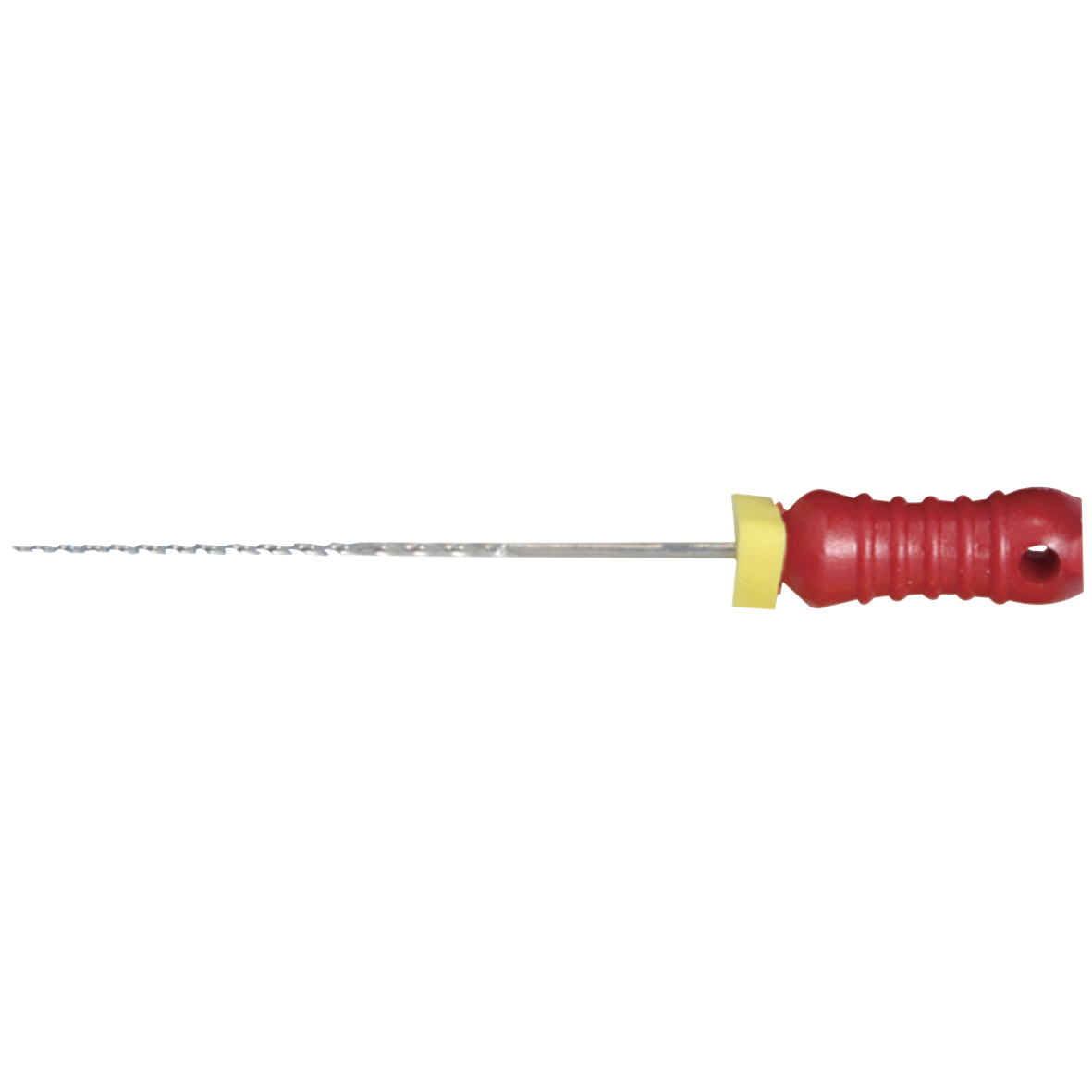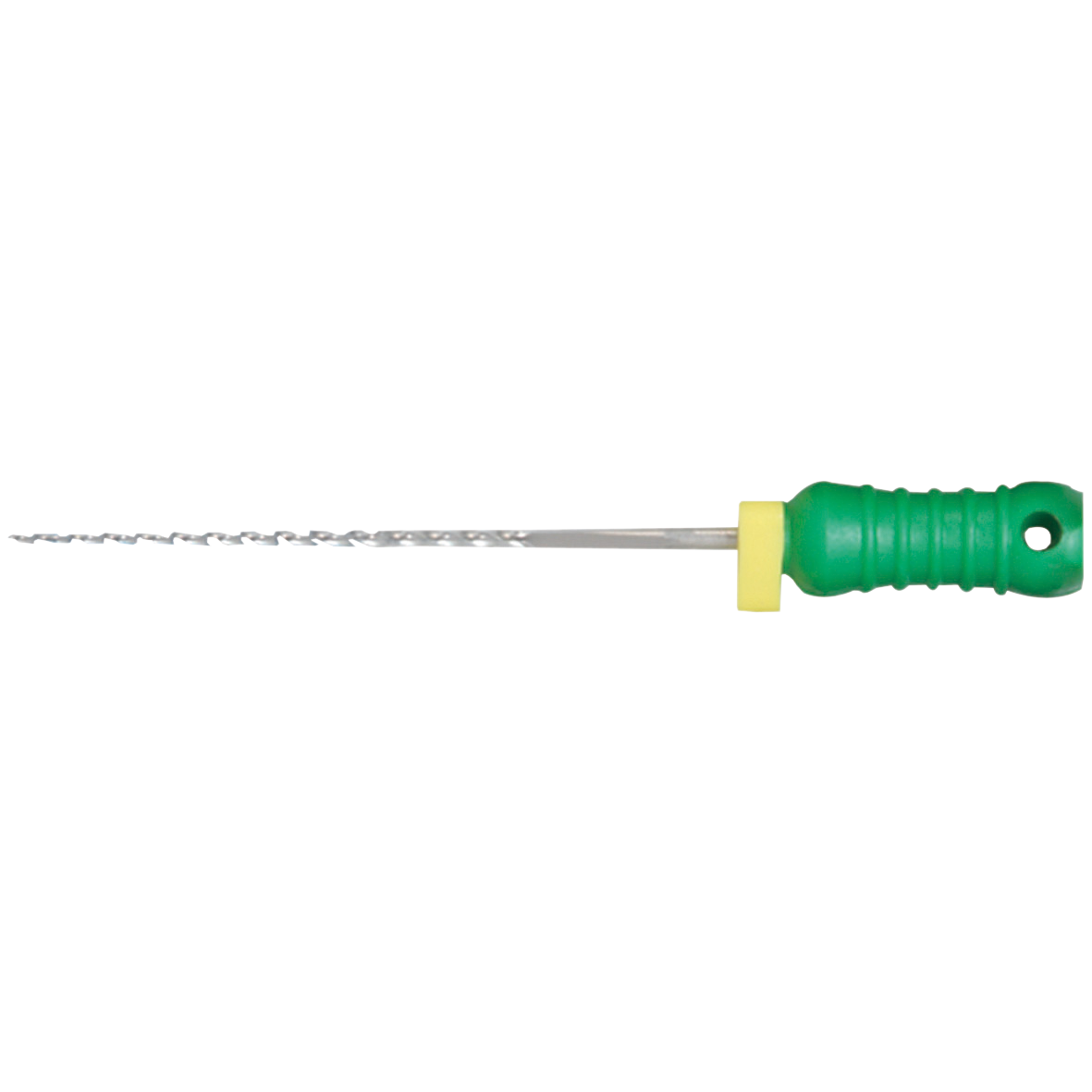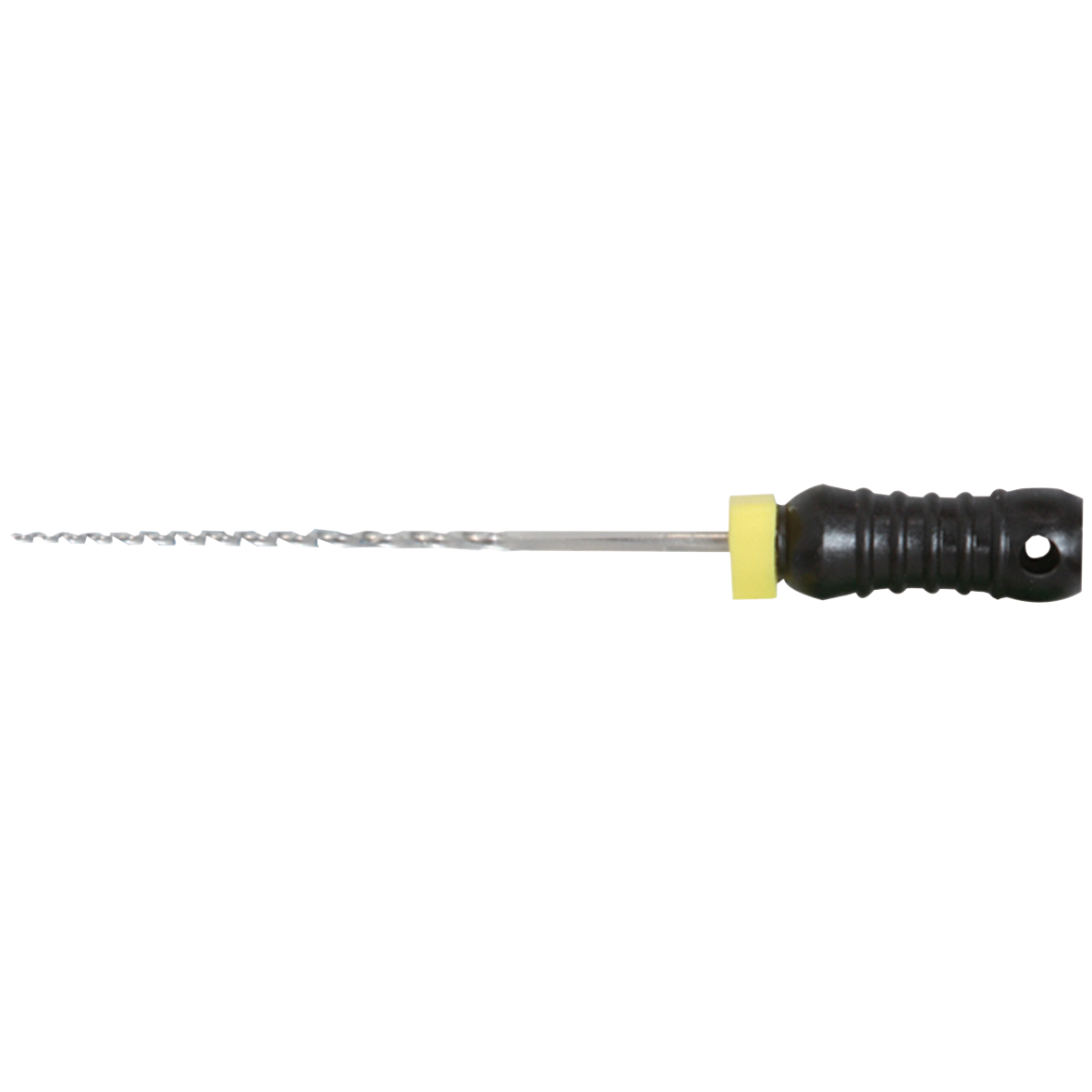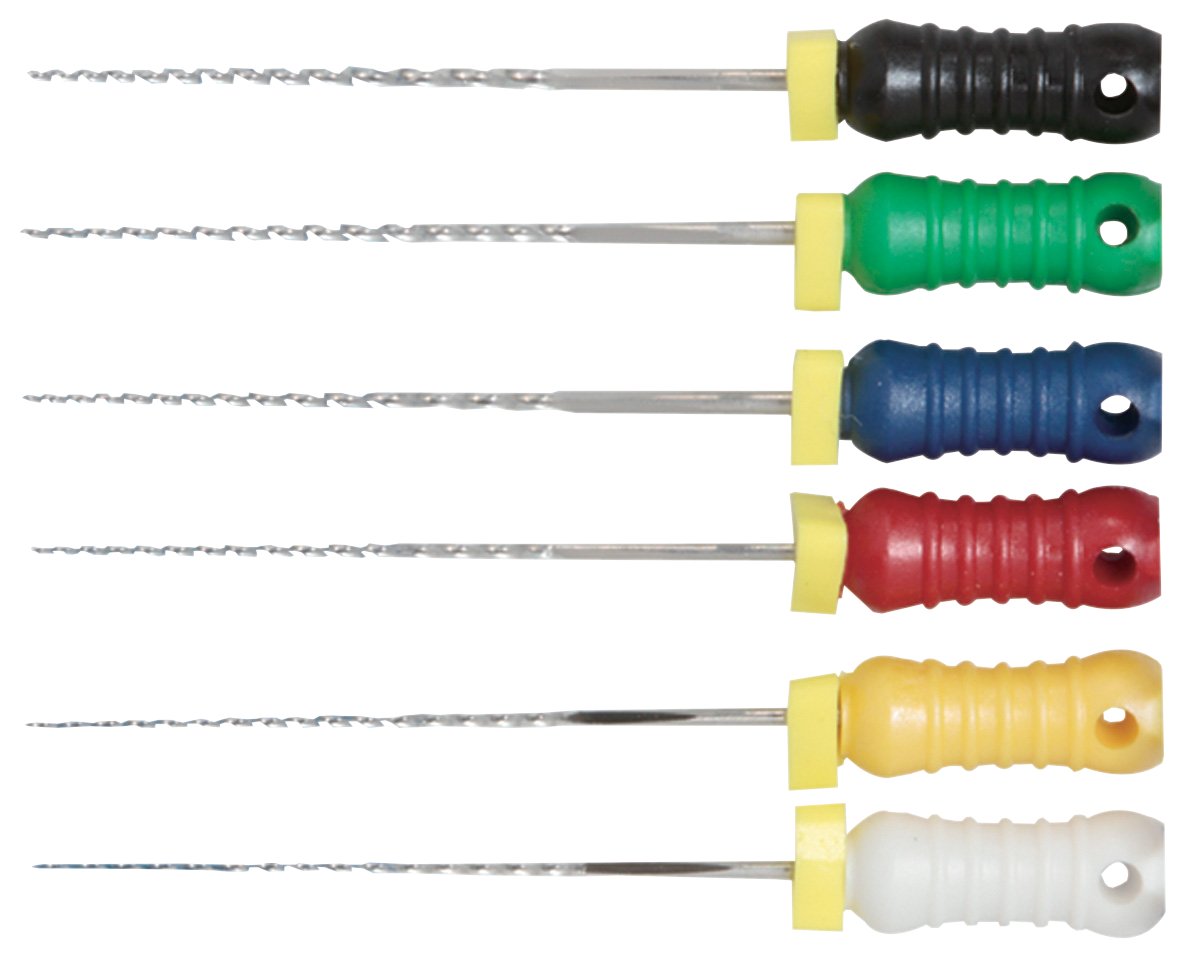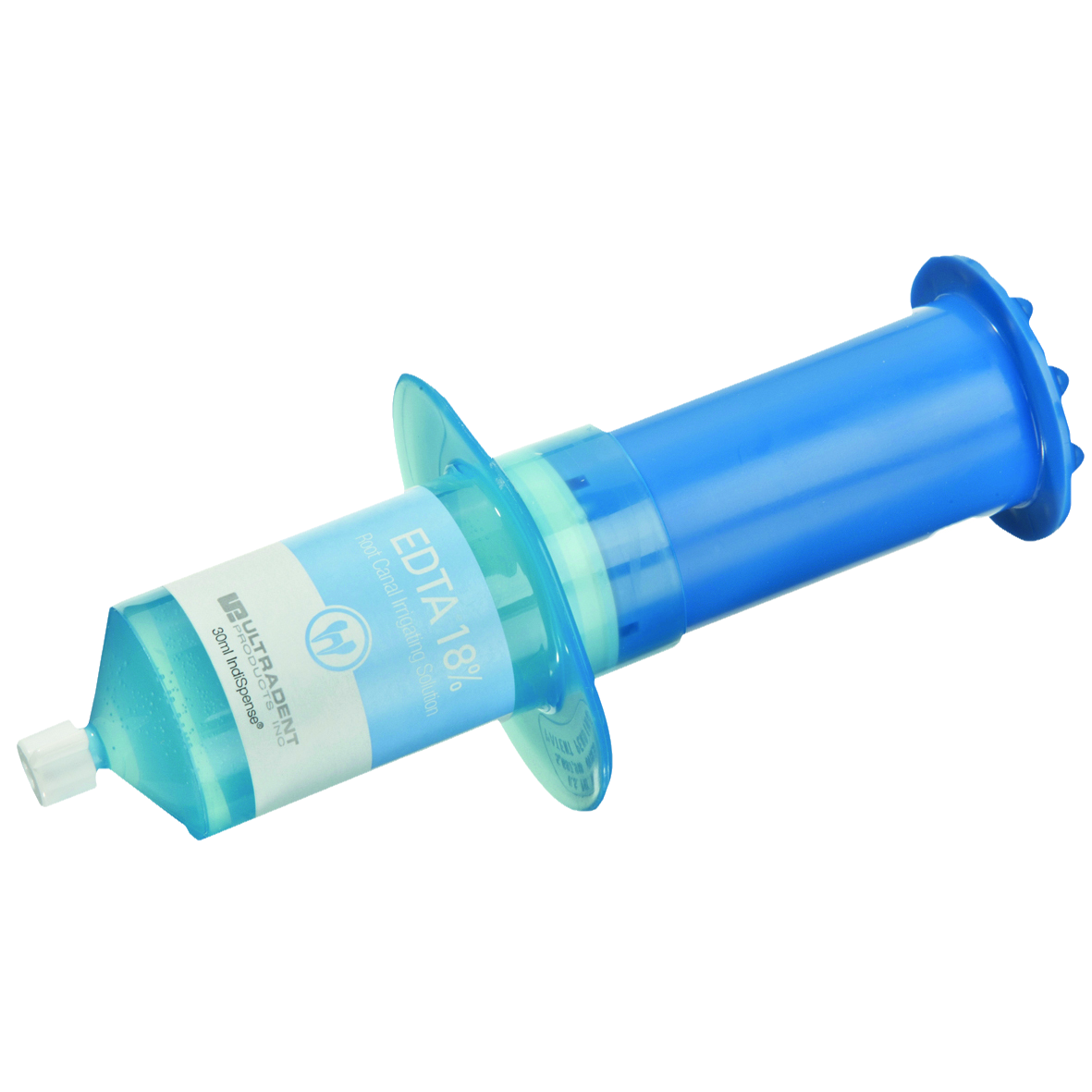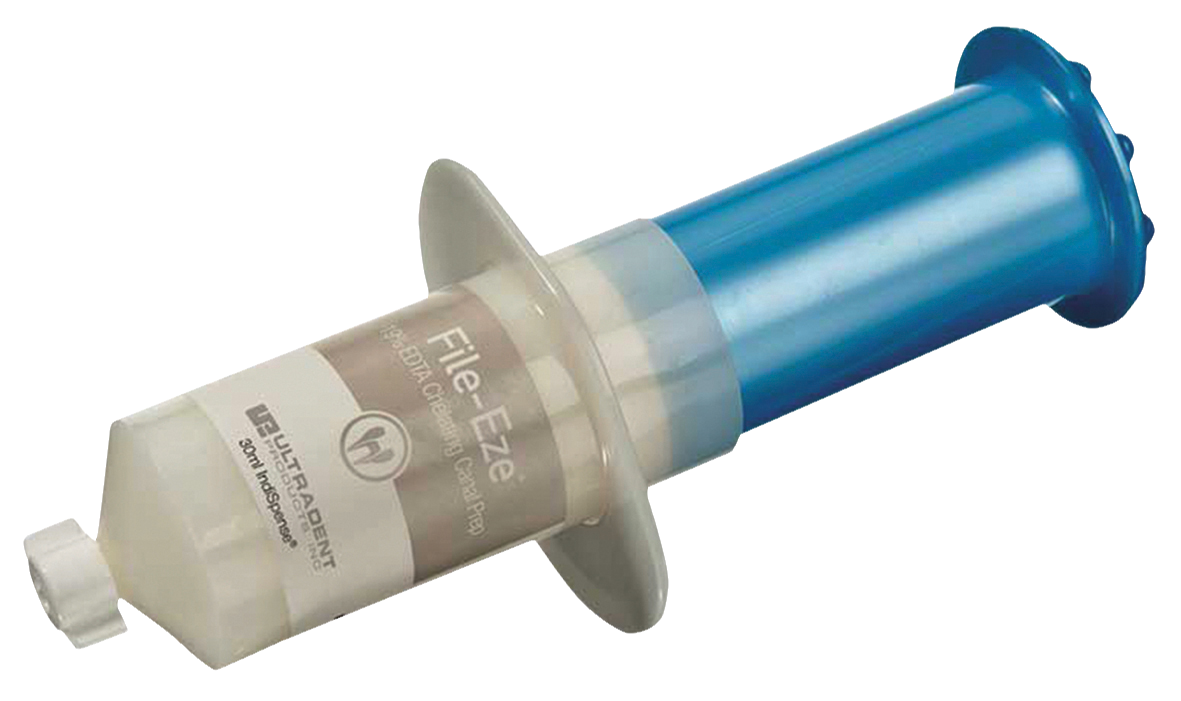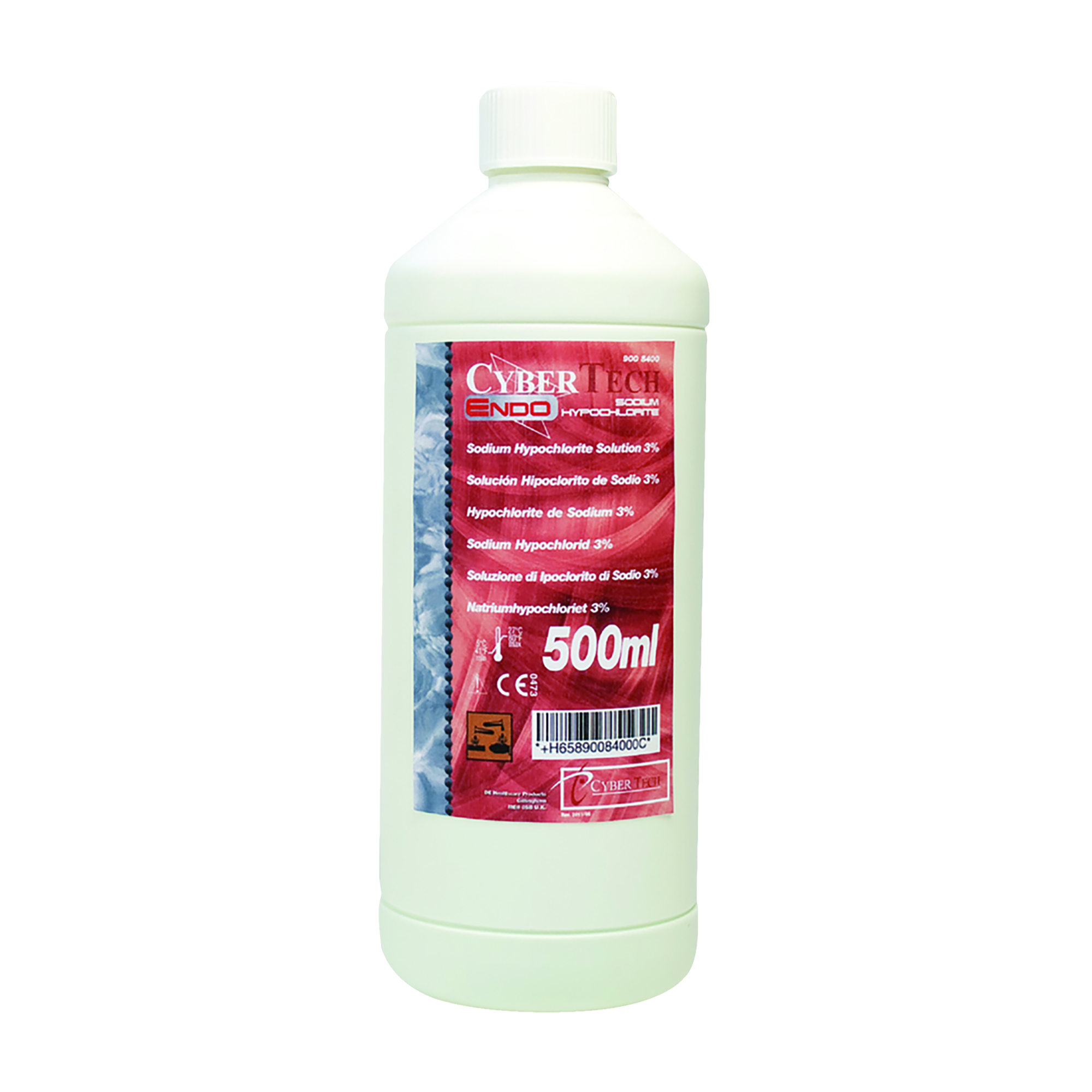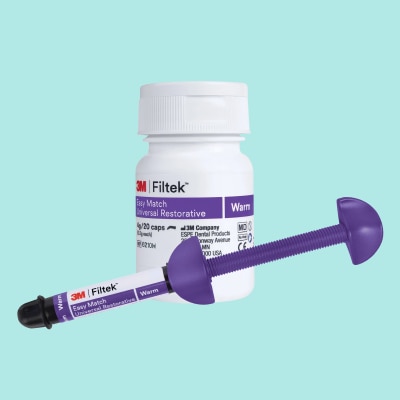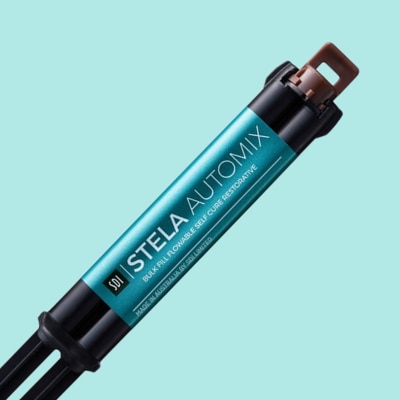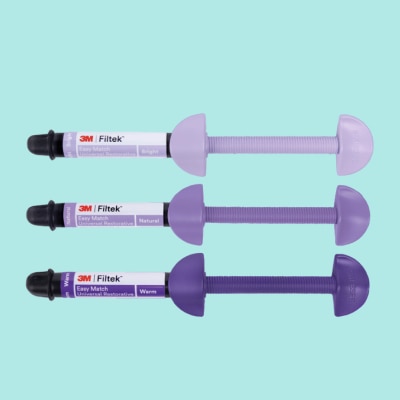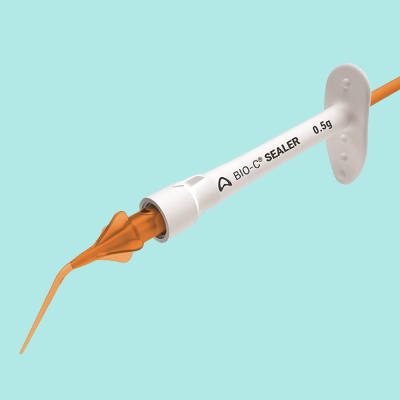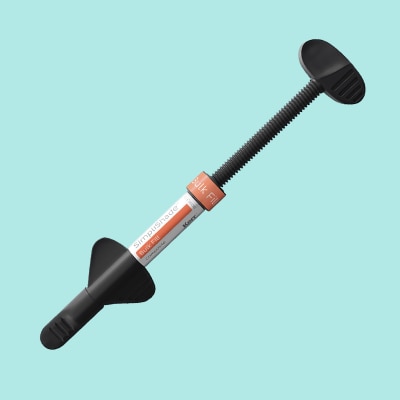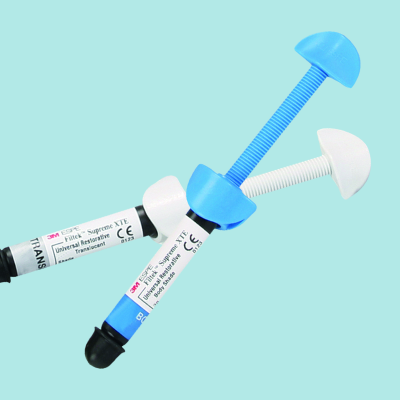Endodontics is the study and treatment of the tooth pulp. Endodontic treatment can be carried out by general dentists or may be referred to an endodontic specialist for more complex cases. Conventional root canal treatment is the most common type of endodontic procedure and the focus of this article.
The two other major endodontic treatments are surgical root canal treatment (performed when a non-surgical root canal fails or is not enough to save the tooth) and retreatment (a follow-up procedure to a root canal treatment that is needed if the tooth doesn’t heal as expected).
What Is Root Canal Treatment?
Root canal treatment involves the removal of infected or inflamed pulp tissue. The pulp is the soft centre of the tooth located beneath the enamel and dentine. The pulp is made up of nerves, connective tissue and blood vessels that help the tooth grow. Damage to the pulp can be caused by deep decay or an injury to the tooth.
Root canal treatment, or root canal therapy as it’s also known, is recommended as a way of saving the tooth from extraction. This is achieved with the use of endodontic files and other endodontic accessories to shape, clean and fill the canal space.
Most root canal therapy is performed with the patient under a local anaesthetic.
Endodontic Diagnosis
To understand the extent of infection and inflammation and what treatment is required, endodontic diagnosis must be performed and X-rays taken.
One of the most common tests for endodontic diagnosis is the cold test. This involves using a cold spray, sometimes referred to as endo ice, to deliver extremely cold temperatures to the tooth. Once applied to the tooth, the intensity and duration of response from the patient provides the dentist or endodontist with critical information about the health of the pulp.
The other common test is an EPT (electrical pulp test) which can measure if vital sensor fibres are present in the pulp or not.
Endodontic Diagnosis
To understand the extent of infection and inflammation and what treatment is required, endodontic diagnosis must be performed and X-rays taken.
One of the most common tests for endodontic diagnosis is the cold test. This involves using a cold spray, sometimes referred to as endo ice, to deliver extremely cold temperatures to the tooth. Once applied to the tooth, the intensity and duration of response from the patient provides the dentist or endodontist with critical information about the health of the pulp.
The other common test is an EPT (electrical pulp test) which can measure if vital sensor fibres are present in the pulp or not.

DEHP Endo Cold Spray 200ml
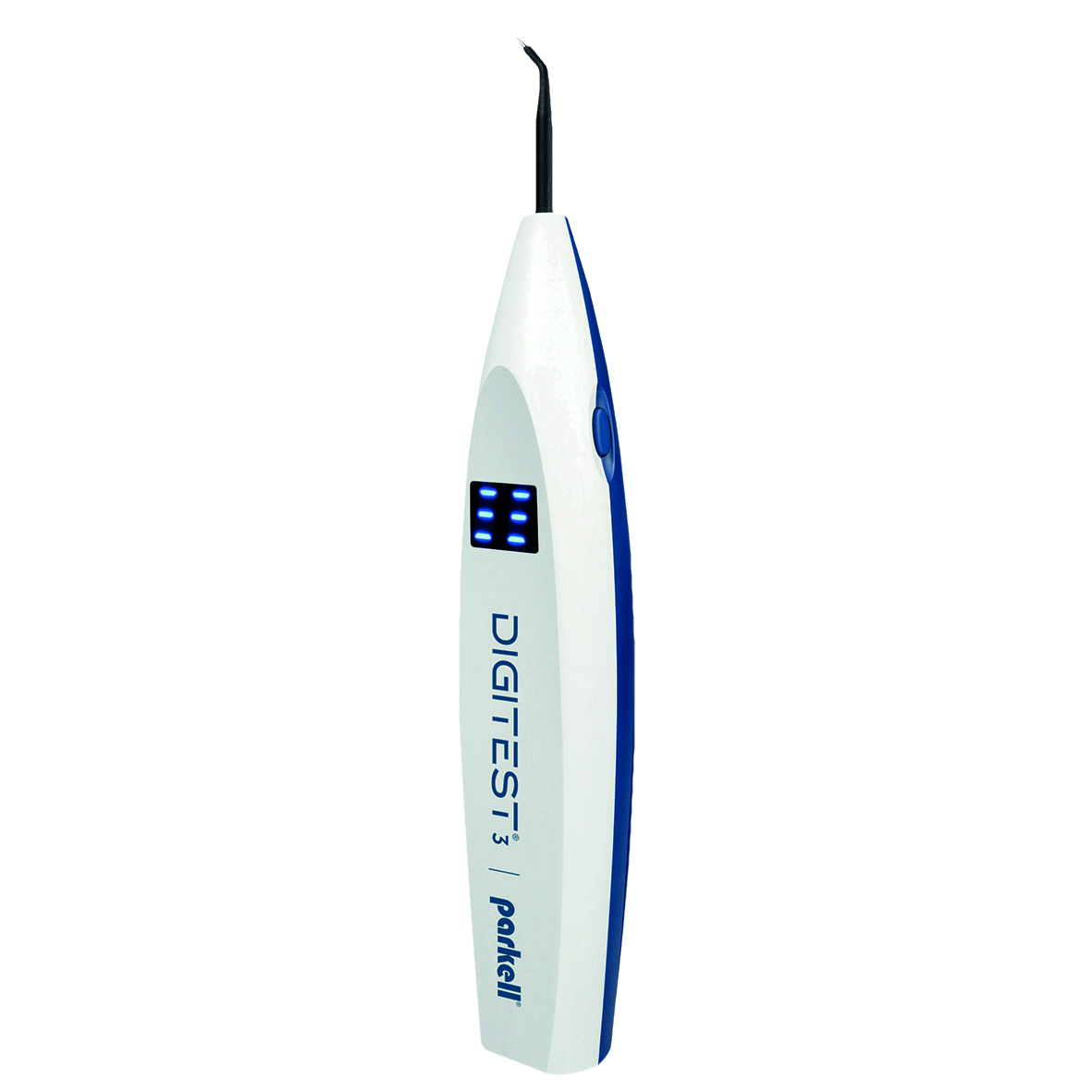
Digitest 3 Pulp Vitality Tester
Root Canal Access
To access the root canal, a small opening is made in the top of the tooth. This is normally done with a round bur or tapered bur attached to a high-speed dental handpiece.
For optimum efficiency and to maintain the structure of the tooth, attaining straight line access to the orifice and apex of the tooth is essential.
The orifice is the opening of the canal and the apex is the apical end point of the canal. Apex locators are often used to help identify the exact location of the apex.
A rubber dam should be securely placed around the tooth to prevent saliva or blood from leaking into the area being operating on.
The shape of the access point varies depending on the type of tooth being worked on. Below are the common choices of opening for the different tooth groups:
- Incisors – Triangular access
- Canines – Oval access
- Premolars – Oval access
- Upper molars – Rhomboidal access
- Lower molars – Trapezoidal access
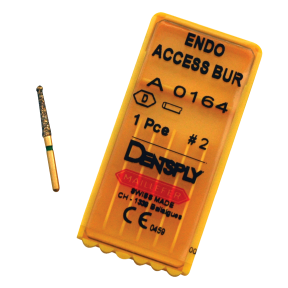


How Many Root Canals Can a Tooth Have?
Different teeth have a different number of roots and a different number of canals. A particular tooth on one patient might have a different anatomy to the exact same tooth of another patient.
Below is a list of the most common anatomies for the different tooth groups:
- Incisors almost always have one canal in one root. Lower incisors occasionally have two canals
- Upper and lower canines almost always have once canal in one root
- Premolars can have either one or two roots and canals
- Majority of upper molars have three roots and often four canals
- Majority of lower molars have two roots and three canals, and occasionally four canals
Endodontic Files
The job of an endodontic file is to remove diseased pulp tissue from the canal, shave dentine from the canal space and shape the canal so that it can be filled properly.
Endo files come in a variety of different designs and sizes. The most widely used files in endodontics are NiTi (nickel-titanium) files, K-files (Kerr files) and H-files (Hedstrom files).
More information on the specific roles of each file can be found in our Endodontic Files Guide, along with detail on file tapers, sizes, colour codes and features.
Root canal obturation
Once the canal has been accessed, shape and cleaned out of all infection, it must be sealed to ensure bacteria does not re-enter. This is known as obturation. Obturation is done with the use of gutta percha points coated with ZOE (zinc oxide eugenol). Gutta percha points are colour coded in the same way as the files so that they can be easily matched with the last file used.
The two most prevalent methods to doing this are warm vertical condensation and cold lateral condensation.
- Warm vertical condensation involves the use of a pre-heated plugger instrument such as the Kerr ElementsIC System to condense the gutta percha into the canal space.
- The cold lateral technique involves the use of multiple gutta percha cones spread from side to side with the aid of a spreader instrument.
The final step of root canal treatment is the application of a restoration, such as a crown or a filling.
Root canal obturation
Once the canal has been accessed, shape and cleaned out of all infection, it must be sealed to ensure bacteria does not re-enter. This is known as obturation. Obturation is done with the use of gutta percha points coated with ZOE (zinc oxide eugenol). Gutta percha points are colour coded in the same way as the files so that they can be easily matched with the last file used.
The two most prevalent methods to doing this are warm vertical condensation and cold lateral condensation.
- Warm vertical condensation involves the use of a pre-heated plugger instrument such as the Kerr ElementsIC System to condense the gutta percha into the canal space.
- The cold lateral technique involves the use of multiple gutta percha cones spread from side to side with the aid of a spreader instrument.
The final step of root canal treatment is the application of a restoration, such as a crown or a filling.

DEHP Nickel Titanium Spreader 25mm Size 10 4pk

ElementsIC Obturation Dual System Type G UK
Is Root Canal Treatment Painful?
Most conventional root canal treatment is carried out with the use of a local anaesthetic to numb the patient’s mouth and minimise the level of pain and discomfort felt.
Pain and discomfort levels can intensify during treatment as the anaesthetic wears off, but this will still usually only be mild. Root canal patients can experience moderate pain after treatment, but this should go away after two or three days. To minimise and reduce pain, patients should avoid eating hard foods immediately after treatment and can purchase over the counter pain relief.
How Long Does Root Canal Treatment Last?
Root canal treatment duration time depends on how many teeth need to be treated and the number of root canals that need to be cleaned. Treatment time can last from anywhere between 30 and 90 minutes depending on the case. According to the NHS, around 9 out of 10 root-treated teeth survive for 8 to 10 years. Having a crown fitted to the tooth is important for prolonging the tooth’s lifespan.
